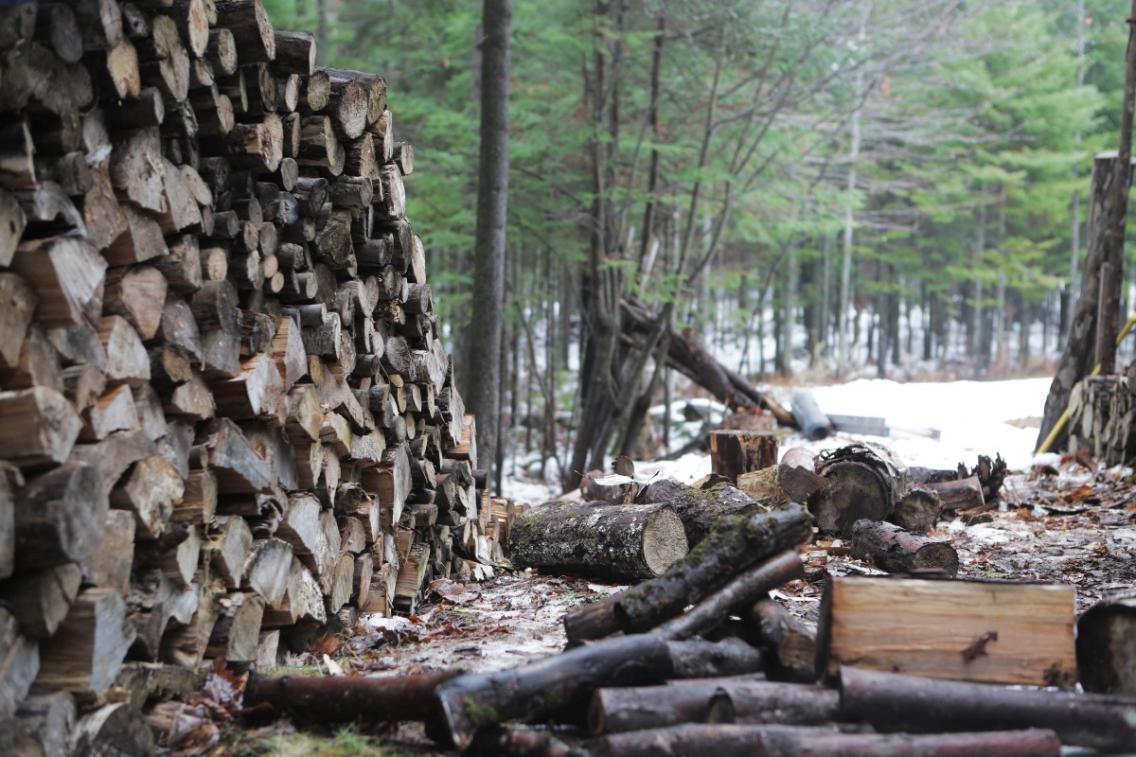How Can Satellite Data Be Used to Monitor Deforestation?
Deforestation, the clearing of forests for various purposes, has become a global concern due to its significant environmental, social, and economic impacts. It contributes to climate change, biodiversity loss, soil erosion, and disruption of ecosystem services. Effective monitoring of deforestation is crucial for implementing conservation strategies and mitigating its negative consequences.

Satellite data has emerged as a powerful tool for deforestation monitoring, providing valuable information about forest cover change, forest degradation, and forest biomass. This data enables us to track deforestation patterns, assess forest health, and support conservation efforts.
Types Of Satellite Data For Deforestation Monitoring
Optical Satellite Data (e.g., Landsat, Sentinel-2)
- Provide high-resolution images of Earth's surface.
- Allow for visual interpretation and change detection analysis.
- Useful for detecting deforestation in areas with clear skies.
Radar Satellite Data (e.g., Sentinel-1)
- Provide data day and night, regardless of weather conditions.
- Useful for detecting deforestation in areas with persistent cloud cover.
- Can be used to monitor forest structure and biomass.
Lidar Satellite Data (e.g., GEDI, ICESat-2)
- Provide 3D information about forest structure and canopy height.
- Valuable for estimating forest biomass and carbon stocks.
- Can be used to monitor forest degradation and canopy thinning.
Applications Of Satellite Data In Deforestation Monitoring
Forest Cover Change Detection
- Satellite data can be used to detect areas where forest cover has been lost or gained.
- Change detection algorithms can be applied to time-series satellite images to identify deforestation events.
- This information is crucial for tracking deforestation rates and patterns.
Forest Degradation Assessment
- Satellite data can be used to assess forest degradation, such as selective logging or canopy thinning.
- Satellite-derived vegetation indices can be used to monitor changes in forest health and vigor.
- This information helps identify areas where forests are under stress and require conservation interventions.
Forest Biomass Estimation
- Satellite data can be used to estimate forest biomass and carbon stocks.
- Lidar data, in particular, provides accurate measurements of forest height and canopy structure.
- This information is essential for assessing the carbon storage capacity of forests and monitoring changes in carbon stocks.
REDD+ Monitoring
- Satellite data plays a crucial role in monitoring REDD+ (Reducing Emissions from Deforestation and Forest Degradation) projects.
- Satellite data can be used to verify emission reductions and ensure the effectiveness of REDD+ initiatives.
- This information is critical for ensuring the integrity of REDD+ projects and directing conservation funding.
Challenges And Limitations Of Satellite-Based Deforestation Monitoring
Cloud Cover
- Cloud cover can obstruct satellite views of Earth's surface.
- Radar satellite data can help mitigate this issue, but it may not be sufficient in all cases.
- Cloud cover can lead to underestimation of deforestation rates.
Data Volume And Processing
- Satellite data generates large volumes of data, which can be challenging to process and analyze.
- Advanced computing resources and specialized software are often required.
- The lack of adequate data processing capacity can limit the effectiveness of satellite-based deforestation monitoring.
Accuracy And Validation
- Satellite-based deforestation monitoring methods can have varying levels of accuracy.
- Ground-based data and field surveys are often necessary to validate satellite-derived results.
- Inaccurate deforestation data can lead to misinformed conservation decisions.
Satellite data has revolutionized deforestation monitoring, providing valuable insights into forest cover change, forest degradation, and forest biomass. This data has enabled us to track deforestation patterns, assess forest health, and support conservation efforts. However, challenges related to cloud cover, data volume, and accuracy still exist. Continued advancements in satellite technology and data analysis methods are necessary to enhance the effectiveness of satellite-based deforestation monitoring and address global deforestation challenges.
YesNo

Leave a Reply